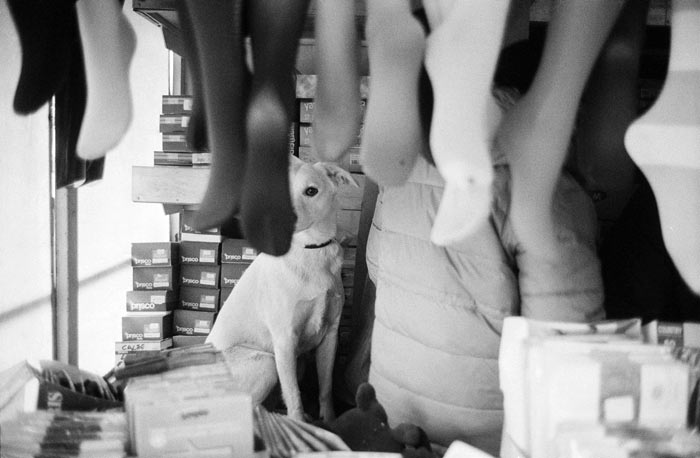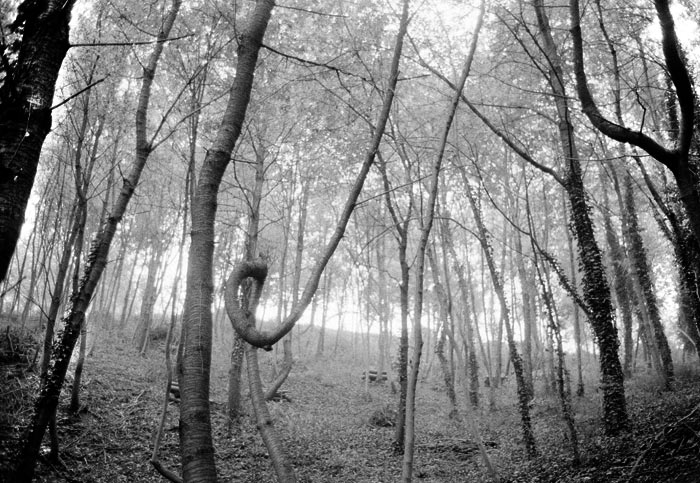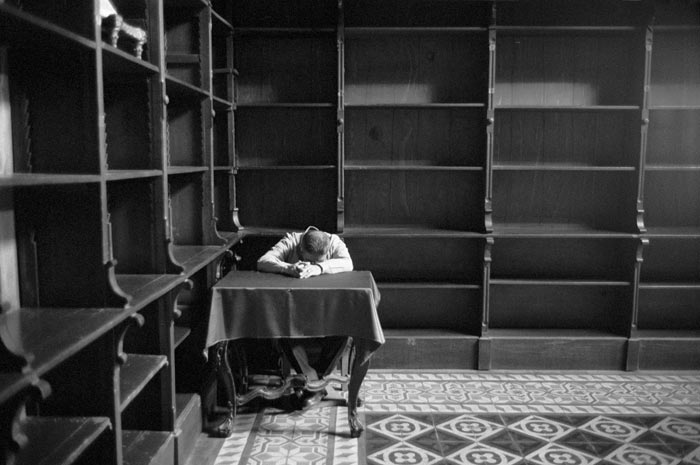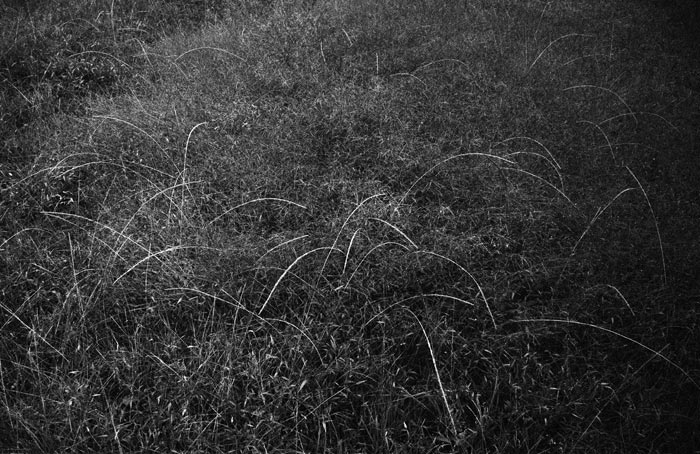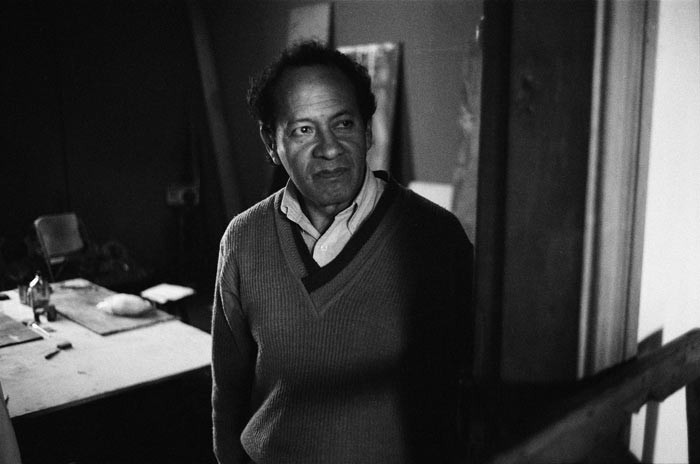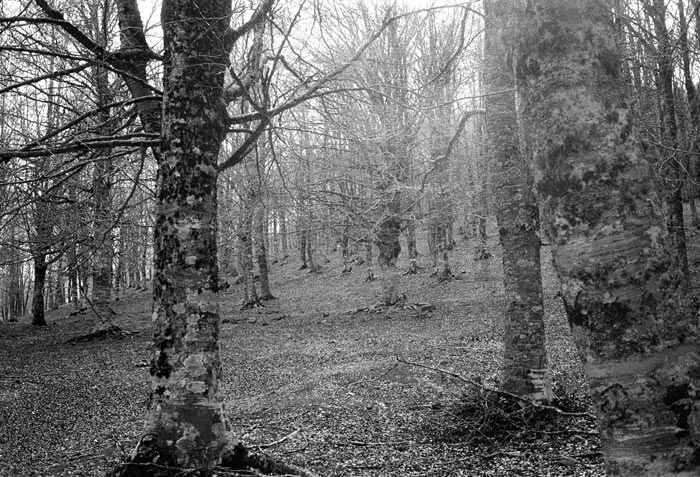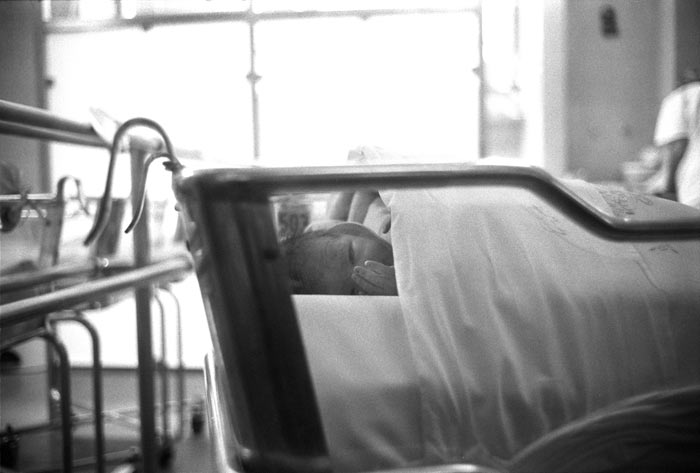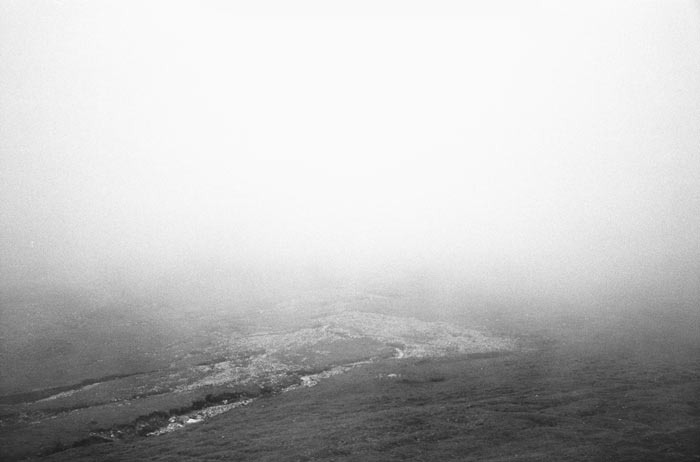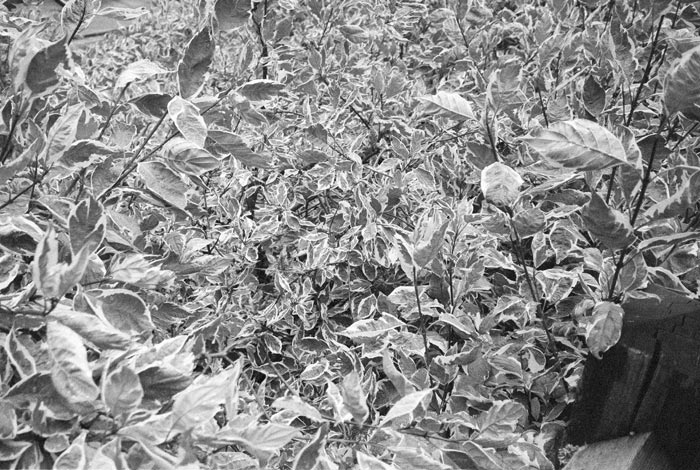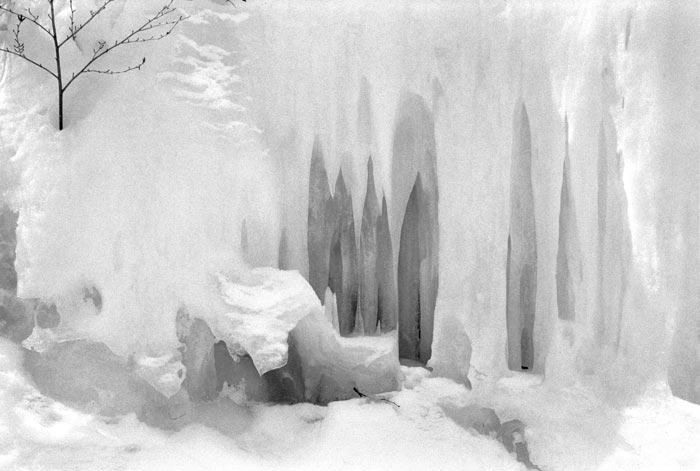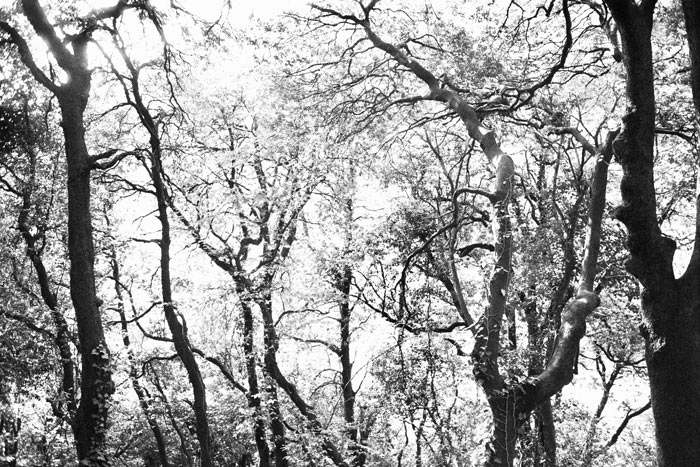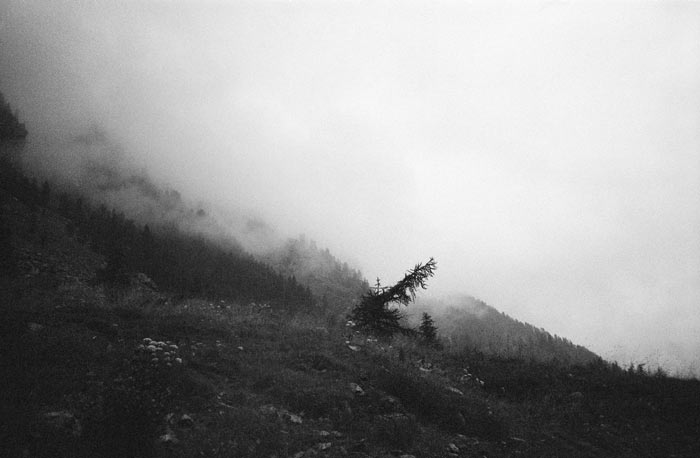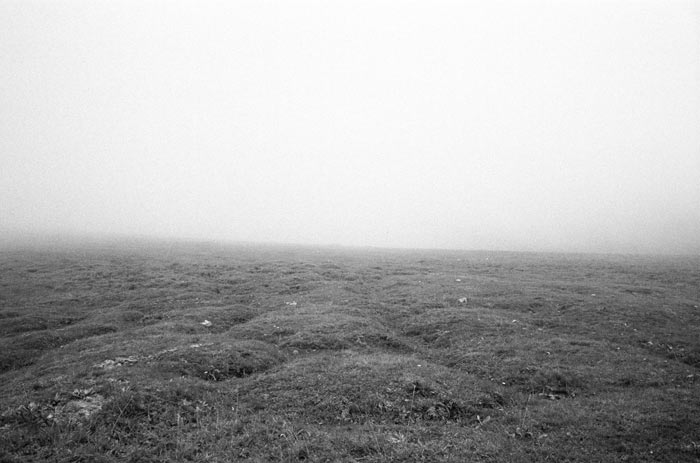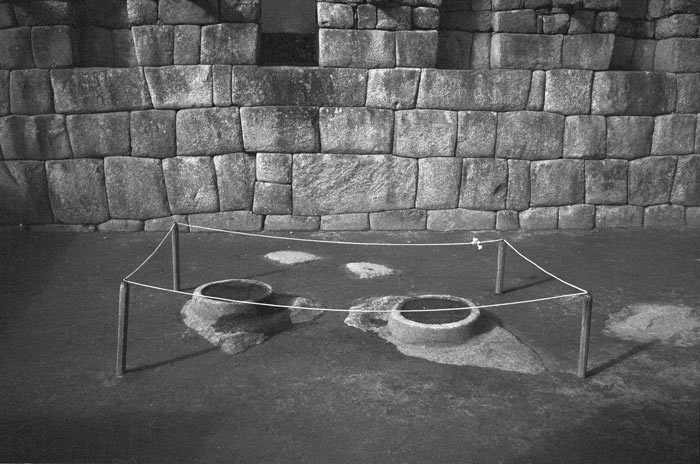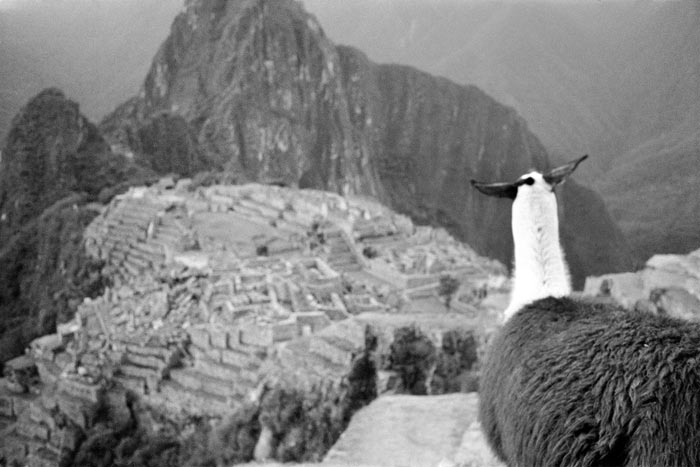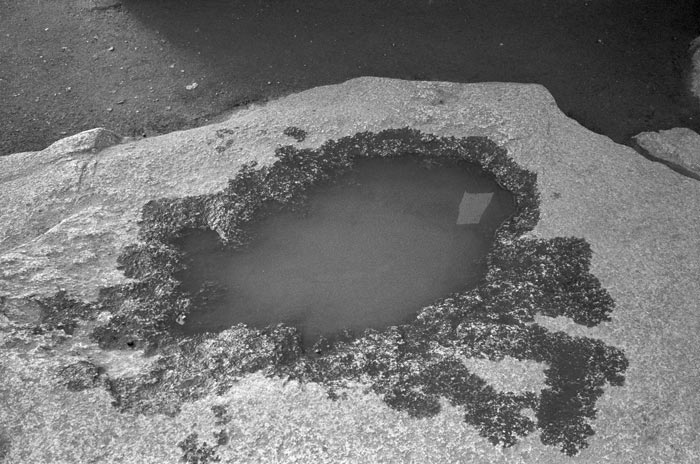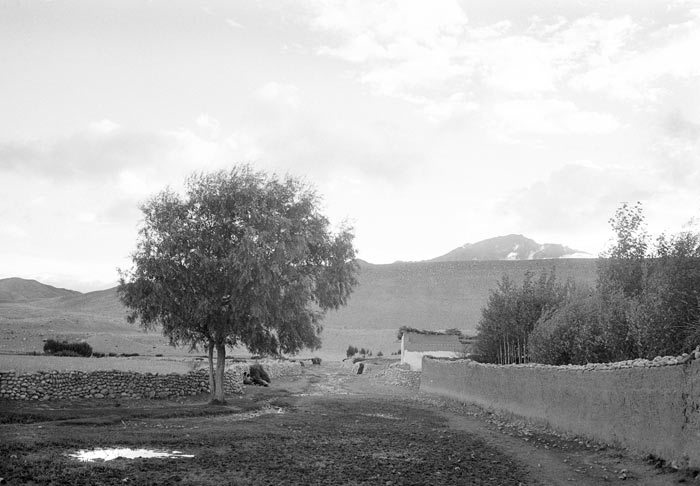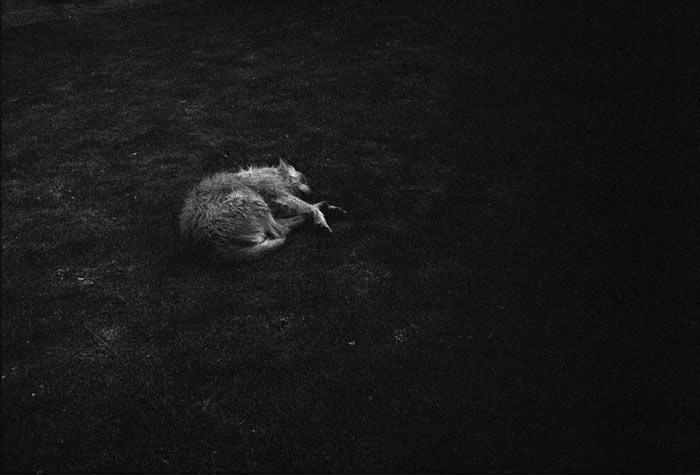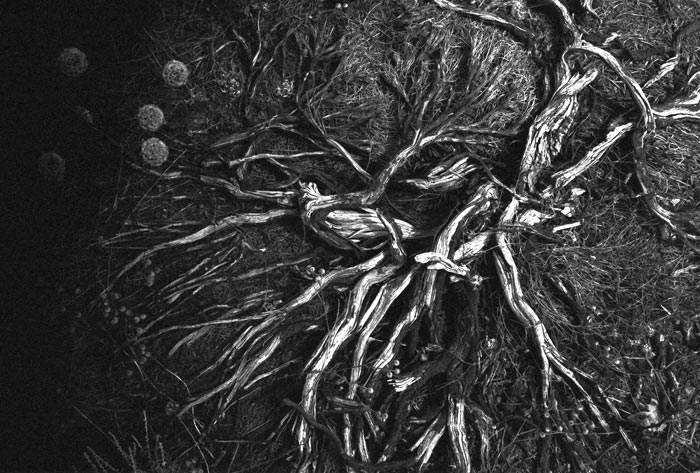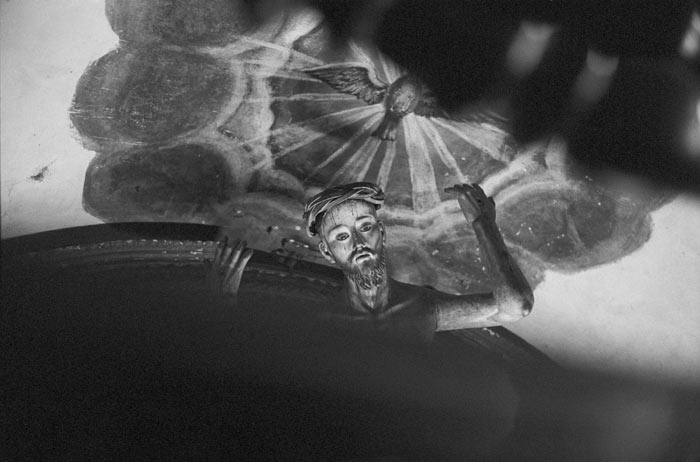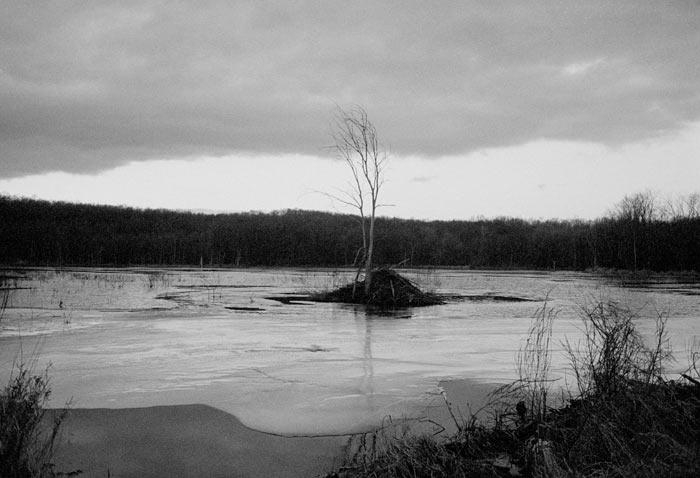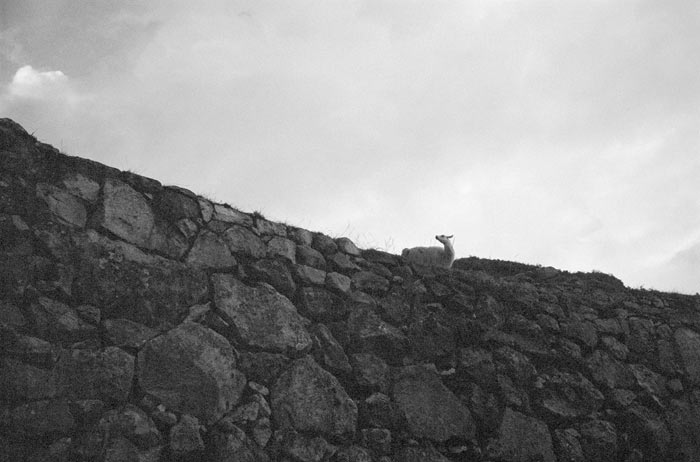extract from lecture performance
@ Joint Research Center, European Commission, March 2016
writing and reading by David Waltner-Toews (pdf)
slide show of photographs from the series alla terra
—
In Volker Harlan’s conversations with Joseph Beuys, the word aesthetic can be understood as the opposite of anesthetic or numbness: then the artist and the art process have to do with aliveness. In Harlan’s words: art making “links…to responsibility not as a moral imperative, but to response-ability, or the ability to respond”.
Art making and fruition can emotionally, intuitively and cognitively encourage the capacity to locally and contingently embrace change and complexity, while creatively adapting to them as they unfold.
Photography and poetry can be considered as generating quality evidence related to the experience of place, and integrating it. Good policy can emerge where scientific generalizations meet place based quotidian life.


